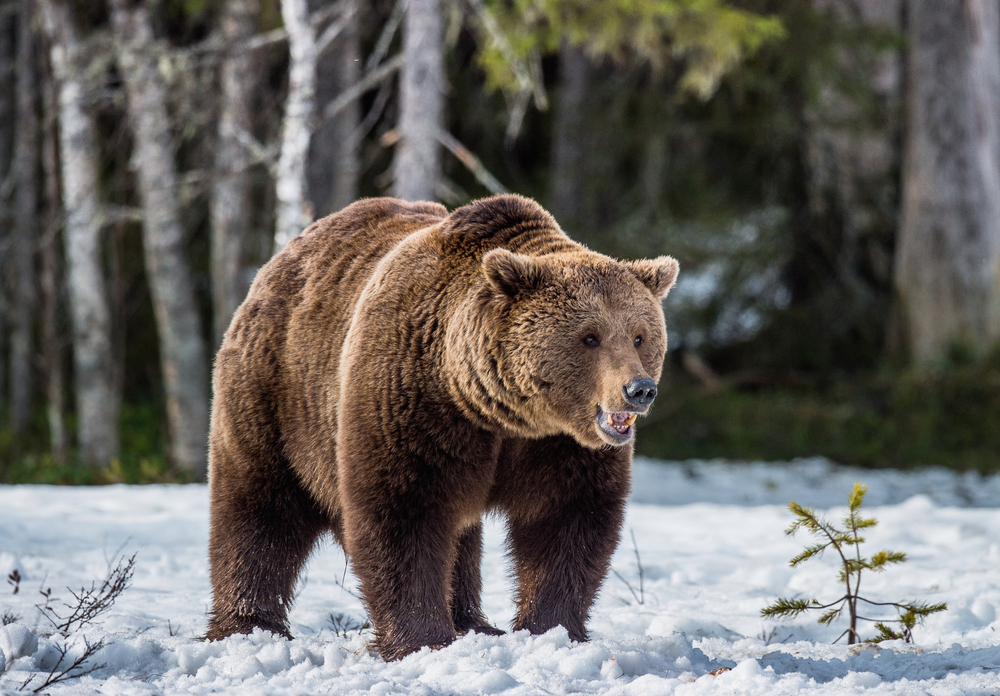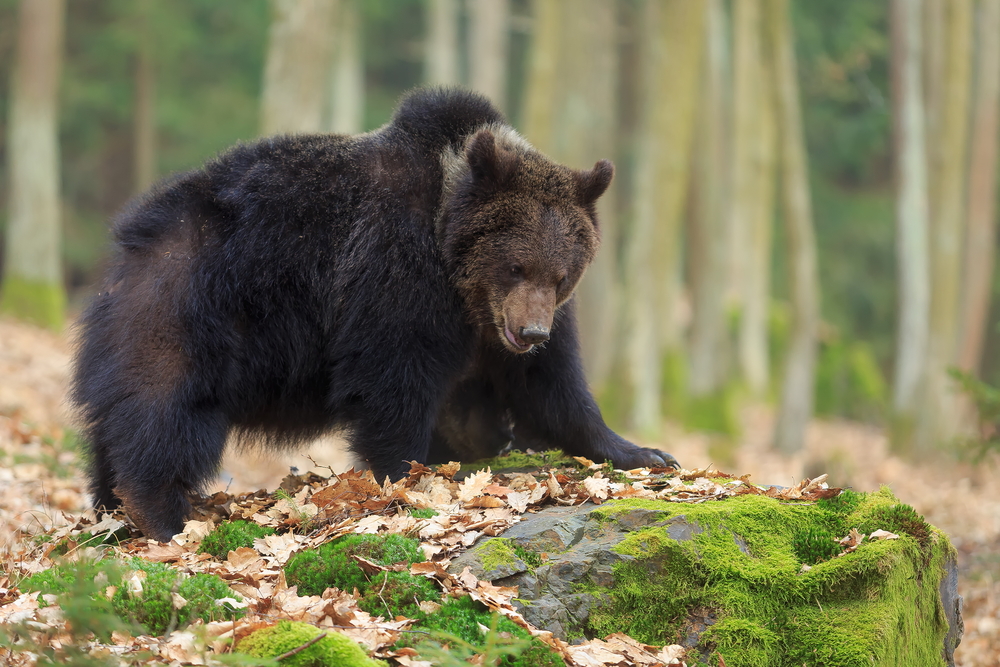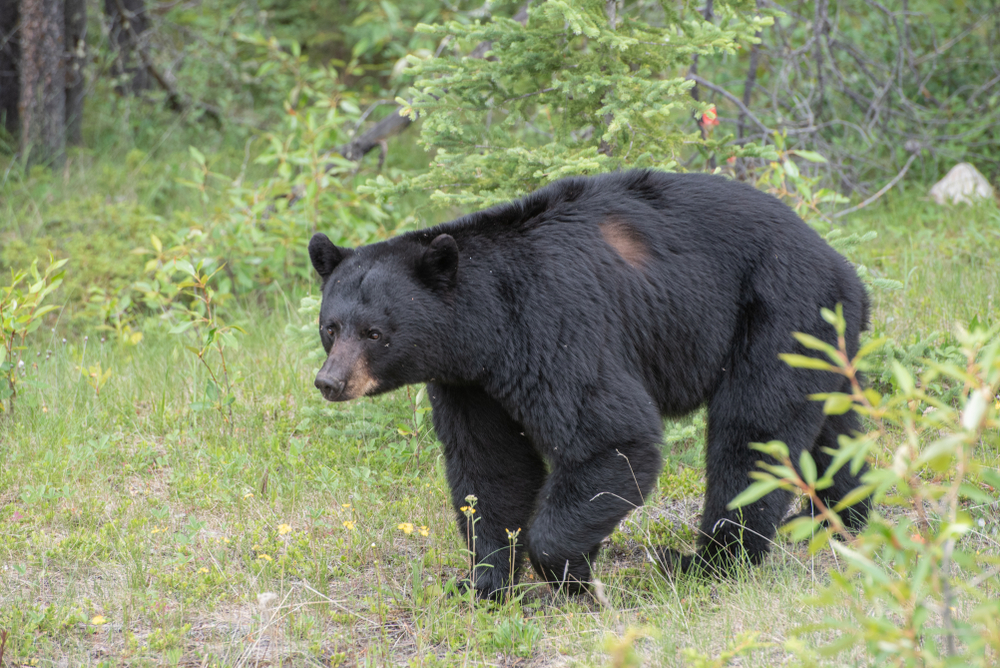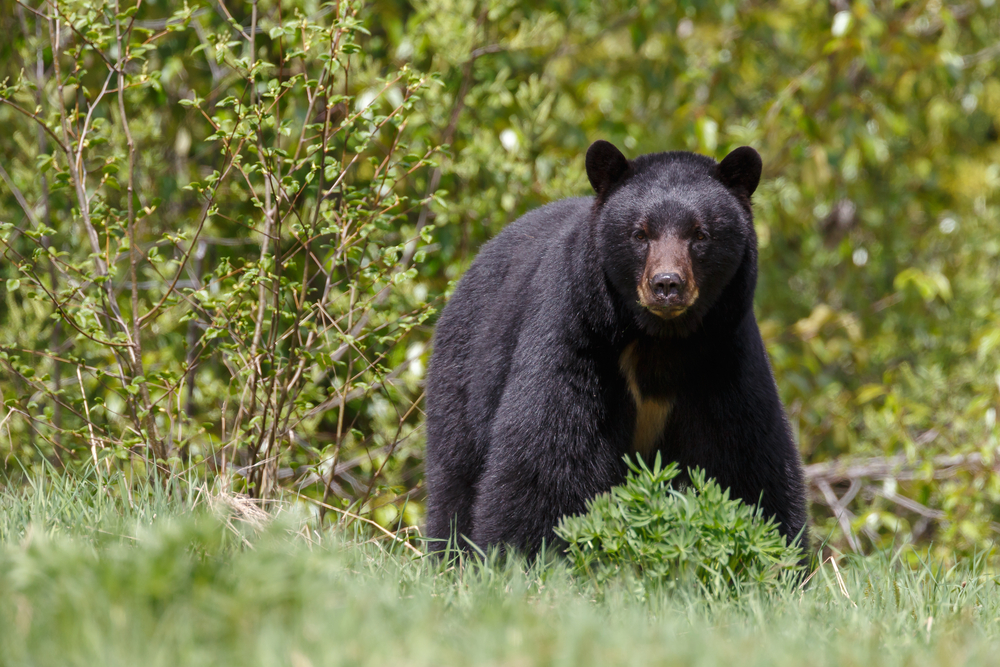Uniqueness
The Black Bear, native to North America, is a remarkable species with distinct features that distinguish it from other bears. Here are some key aspects that make the Black Bear unique:
Diverse Color Variations: Despite its name, the Black Bear’s fur color can vary significantly. While most Black Bears have black fur, some can have shades of brown, cinnamon, or even blonde. This color variation is especially prominent in western North America.
Adaptability to Different Habitats: Black Bears are highly adaptable and can thrive in a wide range of habitats, from dense forests to swamps and even mountainous regions. Their adaptability has enabled them to survive in diverse environments across North America.
Omnivorous Diet: Black Bears have a diverse diet, eating both plant and animal matter. They feed on berries, nuts, insects, fish, small mammals, and occasionally carrion. This flexibility in diet allows them to adapt to changing food availability.
Climbing Skills: Unlike larger bear species, Black Bears are adept climbers. They often climb trees to escape predators, find food, or rest. Their sharp claws and strong limbs give them excellent climbing abilities, which are especially helpful for young bears.
Solitary and Territorial: Black Bears are typically solitary animals, each maintaining a territory that they defend, except during mating season or when a mother is raising cubs. They use scent markings to delineate their territories and avoid confrontations with other bears.
Long Hibernation Period: Black Bears have an extended hibernation period, usually lasting from a few months to over half a year, depending on the region. During this time, they rely on stored fat for energy and can lose up to a third of their body weight. Unlike other hibernators, they don’t drop their body temperature significantly, remaining semi-alert to danger.
Ecological Importance: Black Bears play an important role in their ecosystems. As scavengers, they help clean up carrion, and their foraging helps spread seeds, aiding forest regeneration.
Conservation Status: Despite facing threats from habitat loss and hunting, Black Bears have shown resilience and adaptability, with stable populations across much of their range. Conservation efforts have been successful in many regions, and the species is generally not considered endangered.
The Black Bear’s varied diet, remarkable climbing ability, and adaptability to different environments make it a unique and resilient species. Its presence across diverse landscapes emphasizes its importance in maintaining the health and balance of forest ecosystems.


















































































